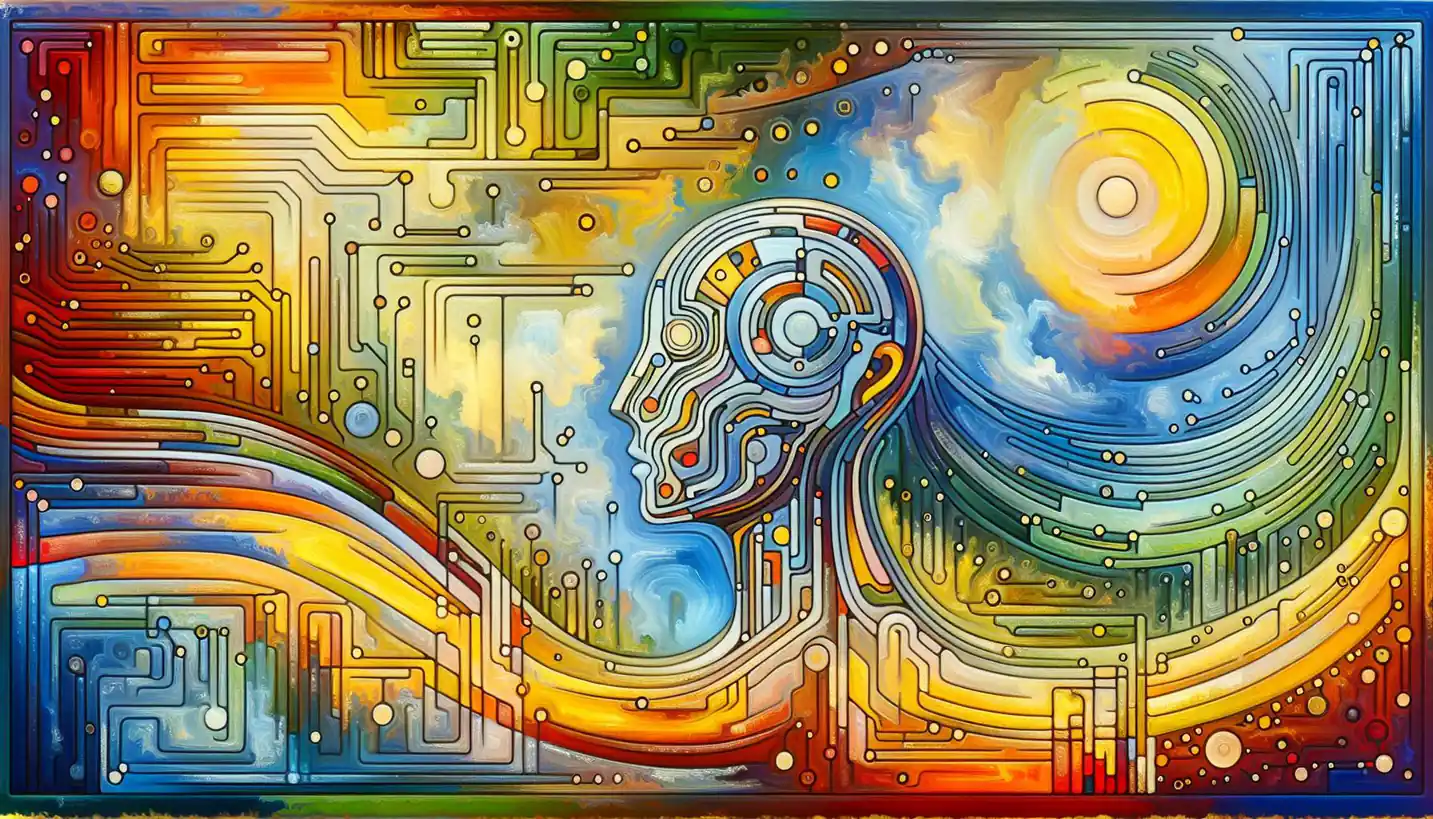· Computer Science · 3 min read
Kinematics: Exploring Motion in Robotics and Computer Science
Kinematics explores motion in robotics through computer science principles. Discover how it brings robots to life with fluid, dynamic movement.

Once upon a time, imagining a world where robots move like humans was pure science fiction. But today, thanks to the wonders of kinematics, this dream is becoming a reality. Let’s dive into this intriguing world of motion, where robots take life-like strides, and computer scientists master the art of movement.
Understanding Kinematics
Kinematics is all about motion without worrying about the forces causing it. It’s the study of how things move, covering aspects like speed, velocity, and acceleration. Picture it as watching a car on a highway and knowing how fast it’s going, how far it will travel, and how it might stop, all without caring why it started moving.
The Role of Kinematics in Robotics
In the realm of robotics, kinematics is crucial. Robots need to understand motion to perform tasks, whether it’s lifting a cup or navigating through a maze. The science provides the mathematical framework for manipulating robot limbs and joints.
Forward and Inverse Kinematics
Forward Kinematics: This is like predicting where a body part will end up when joints move. Imagine a robot’s arm extended to hold an apple – forward kinematics allows us to determine the apple’s position by knowing the angles at which each joint is set.
Inverse Kinematics: Here, you start with the desired position and figure out how to arrange the joints to achieve it. It’s like figuring out how to reach for an apple on the table precisely, moving each joint just right to reach the target.
Kinematics in Computer Science
When it comes to computer science, kinematics plays a part in animations, simulation, and even game development. It’s about making virtual characters or objects move realistically.
Animating a dancer’s graceful leap in a virtual environment involves kinematics. Each movement needs calculations to look natural, creating lifelike animation sequences.
Why is Kinematics So Important?
The necessity of kinematics lies not just in creating robots or animations but in mimicking real-world movements. It’s about understanding how to translate human agility to machines and computer simulations. More advanced applications include autonomous cars that navigate roads - each turn, stop, and acceleration orchestrated through this magical study.
Examples in Everyday Life
Consider the GPS-driven drones delivering packages. Behind the scenes, kinematics is determining how each tilt and turn get the package from point A to point B safely. Or think about robotic surgery, where precision is life-saving, kinematics maps every fine movement necessary for a successful operation.
The Future of Kinematics in Robotics and Computer Science
The journey doesn’t end here. As technology advances, the integration of kinematics will play an even larger role in exciting fields like virtual reality and AI. Soon, we could see robots with movements indistinguishable from humans or virtual reality that feels as real as life itself.
It’s fascinating to ponder—how might kinematics evolve with AI? Could machines learn to predict motion in ways humans can’t even imagine? The questions are endless, sparking curiosity and driving innovation.
Final Thoughts
Kinematics bridges the gap between the physical and digital worlds. It gives life and movement to robots and turns code into graceful actions in virtual environments. By understanding and mastering this concept, we’re not just moving objects; we’re crafting the future of technology.
So, next time you watch a robot dance or a game character run, think about the kinematics behind it all. It’s a reminder of how far we’ve come in bringing science fiction to life.
In a world where movement is key, kinematics is the language that makes it all possible. The dance of technology is just beginning—who knows where it will take us next?


